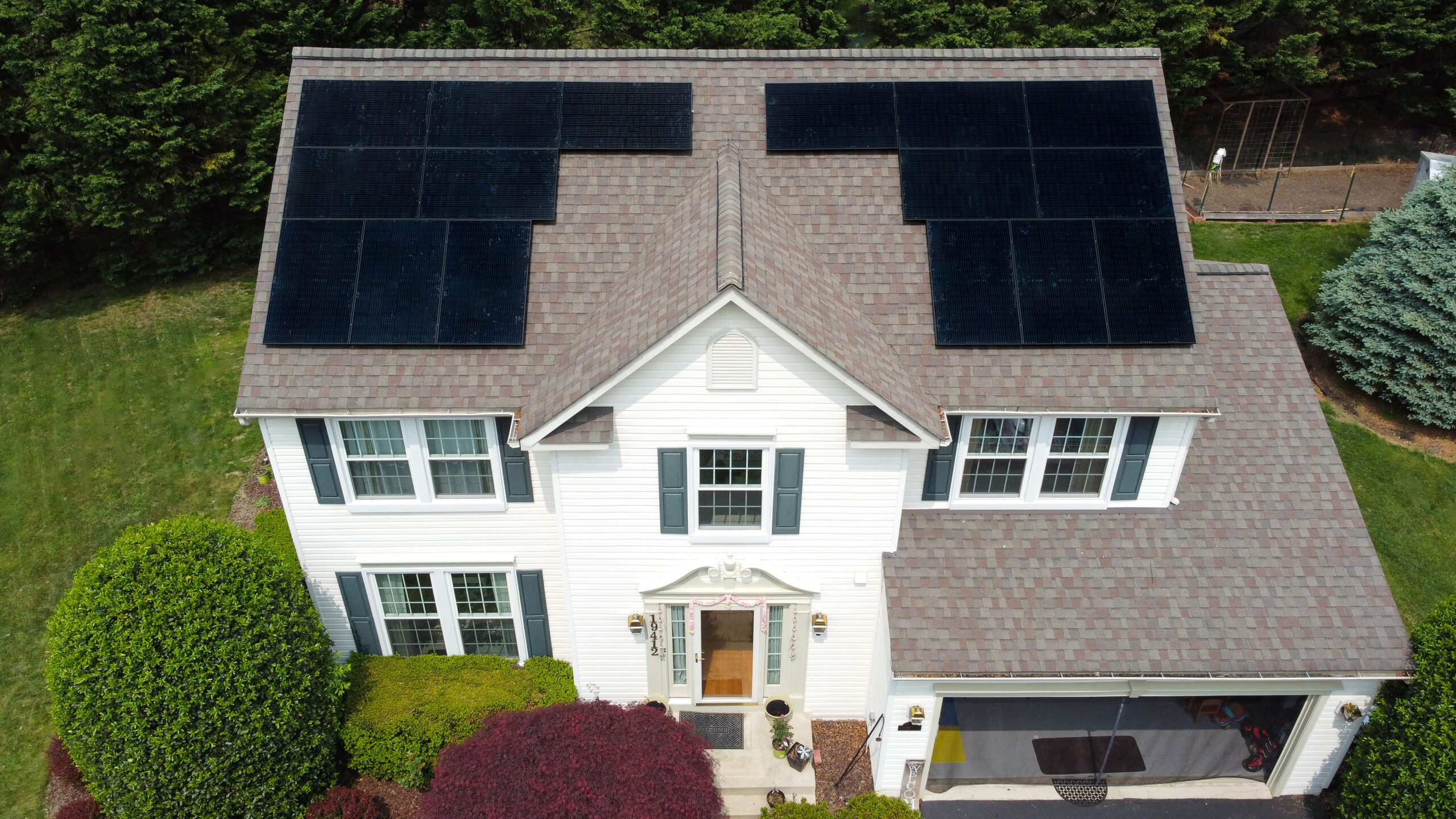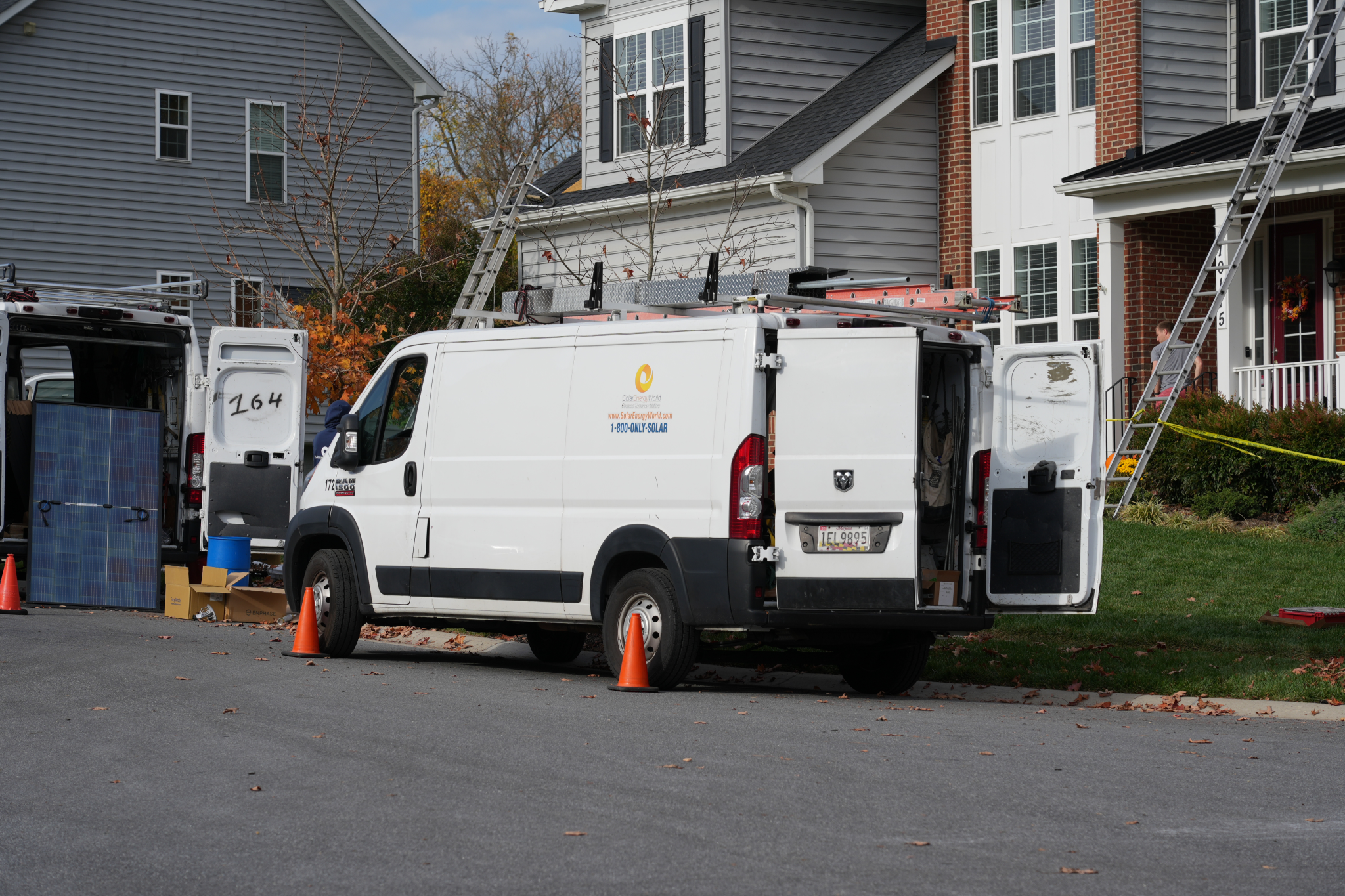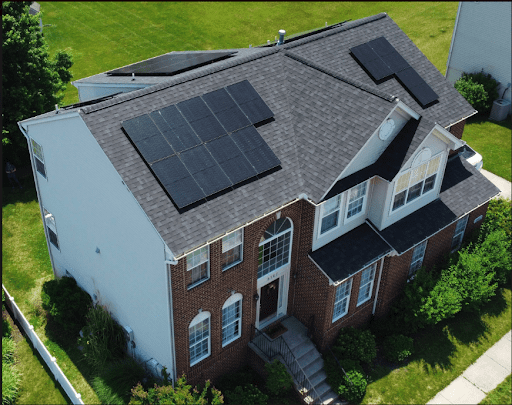How Does Solar Work?
While solar power has been around for decades, it has become far more efficient in recent years. The technology keeps advancing, so the panels you can fit on your roof generate even more electricity. And as the use of solar expands quickly worldwide, the cost of the equipment continues to fall.
See How Solar Works for Yourself
Solar Tax Credits & Incentives
Take advantage of various federal, state, and local incentives designed to make solar energy more affordable. Explore our detailed guides on tax credits, rebates, and other financial benefits available to you.


Solar Installation Process
Learn about our seamless solar installation process, designed to be efficient and hassle-free. We ensure a smooth transition to solar energy with minimal disruption to your daily life.
Solar Options By State
Discover the specific solar options and regulations in your state. Find out how local policies and programs can help you maximize your investment in solar energy.

Your One-Stop Guide to Solar
A solar energy system creates usable power from sunshine. There are two basic kinds of systems: Photovoltaic or PV uses sunlight to generate electricity. It’s the same technology found on pocket calculators, just on a larger scale. PV systems can be designed to generate the majority of the electricity used in your home, or just a portion of it. Learn More
A typical solar energy system is built to be durable and long-lasting. Most solar panels come with a warranty of 25 to 30 years, but they can continue to produce electricity at a slightly reduced efficiency after that period. With proper maintenance, the entire system, including inverters and batteries if used, can last well beyond the warranty period, providing decades of renewable energy.
The cost of a solar energy system varies based on factors like location, size of the installation, and additional features like battery storage. On average, residential solar systems can range from $15,000 to $25,000 before tax credits and incentives. Many states offer subsidies, and federal tax credits can reduce the cost by up to 26%. Financing and leasing options are also available to make solar more accessible.
Our installation process is designed for simplicity and efficiency. It starts with a free solar analysis to evaluate costs and benefits, including potential rebates and incentives. Once you’re ready, a certified technician conducts a site assessment to finalize the design and begin permitting. Installation typically takes 2-3 days, after which we handle all inspections and grid connections. We also manage the paperwork for all solar incentives to ensure you get the maximum financial benefit. Continuous remote monitoring of your system ensures optimal performance and quick resolution of any issues.
Want a Free Solar Estimate?
Fill out the form to get started today.


